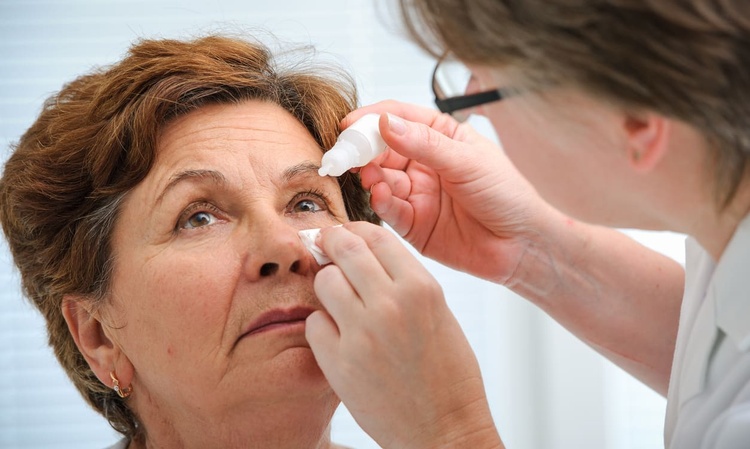Plaque Psoriasis Treatment: Options for Skin Care
Plaque psoriasis is a chronic inflammatory skin condition that causes raised, red patches covered with silvery scales. It most commonly appears on elbows, knees, scalp, and lower back, and can vary in severity from a few localized plaques to widespread involvement. Understanding available treatment approaches helps people and clinicians set realistic goals for symptom control, skin comfort, and reducing flare frequency.

This article is for informational purposes only and should not be considered medical advice. Please consult a qualified healthcare professional for personalized guidance and treatment.
How does plaque psoriasis affect the skin?
Plaque psoriasis is driven by an immune response that speeds up skin cell production, producing thickened plaques and scaling. Affected skin may itch, burn, crack, or bleed, and the appearance can affect quality of life and self-image. The condition can be associated with other issues such as nail changes (pitting or separation) and psoriatic arthritis, which involves joint pain and stiffness. Severity is usually assessed by how much body surface area is involved, plaque thickness, and impact on daily activities. Regular monitoring by a clinician helps tailor treatment to the extent of skin involvement and any related health concerns.
What topical creams treat plaque psoriasis?
Topical creams and ointments are first-line treatments for mild to moderate plaque psoriasis and for targeted plaques in more extensive disease. Common topical options include corticosteroid creams to reduce inflammation and pruritus, vitamin D analogues that slow skin cell growth, and emollient creams that restore the skin barrier and reduce scaling. Coal tar preparations and topical retinoids are other options sometimes used. Application technique, potency, and duration matter: higher-potency steroid creams are effective for thick plaques but are typically limited in duration to reduce side effects. A clinician can recommend the appropriate cream and regimen based on skin type, plaque location, and treatment response.
When is systemic medication used?
Systemic medication becomes appropriate when psoriasis affects large areas of skin, is resistant to topical measures, or when psoriatic arthritis is present. Systemic options include traditional oral agents such as methotrexate, cyclosporine, and acitretin, which modulate immune activity or skin cell turnover. In recent years, biologic medications that target specific immune pathways (for example, inhibitors of TNF, IL-17, or IL-23) have become widely used for moderate-to-severe disease because of their targeted mechanisms and effectiveness for both skin and joint symptoms. Systemic medication selections consider treatment goals, comorbidities, monitoring requirements, pregnancy plans, and potential side effects; ongoing follow-up with laboratory testing is often required.
What other treatment approaches are available?
Beyond topicals and systemic drugs, phototherapy is a commonly used treatment that exposes affected skin to controlled ultraviolet light. Narrowband UVB and PUVA (psoralen plus UVA) can reduce plaque thickness and scaling when applied in clinics or, for some patients, with home units under medical supervision. Combination therapy—using topical agents with phototherapy or systemic drugs—can improve outcomes and allow lower doses of medications. Lifestyle measures such as stress management, smoking cessation, maintaining a healthy weight, and moisturizing regularly support medical treatment. Because triggers and responses vary, many treatment plans are individualized and adjusted over time.
How can people find local services and manage psoriasis long-term?
Long-term management often involves a partnership between a person with psoriasis and their healthcare team, which may include primary care clinicians, dermatologists, rheumatologists, and specialized nurses. Seeking local services in your area can start with a referral from primary care or by contacting dermatology clinics that offer phototherapy and multidisciplinary care. Patient education programs and support groups can provide practical tips on cream application, recognizing flares, and coping with emotional impacts. Regular follow-up appointments allow assessment of treatment effectiveness, side effects, and the need for changes. Keeping a symptom diary or taking photographs can help track response and guide discussions with providers.
Conclusion
Plaque psoriasis treatment spans topical creams and emollients for localized disease, phototherapy for moderate involvement, and systemic or biologic medication for more extensive or refractory cases. Individual factors—plaque location, disease severity, comorbid conditions, and patient preferences—shape the choice of therapy. Coordinated care, monitoring for side effects, and practical skin-care routines can improve outcomes and quality of life for people living with psoriasis.






